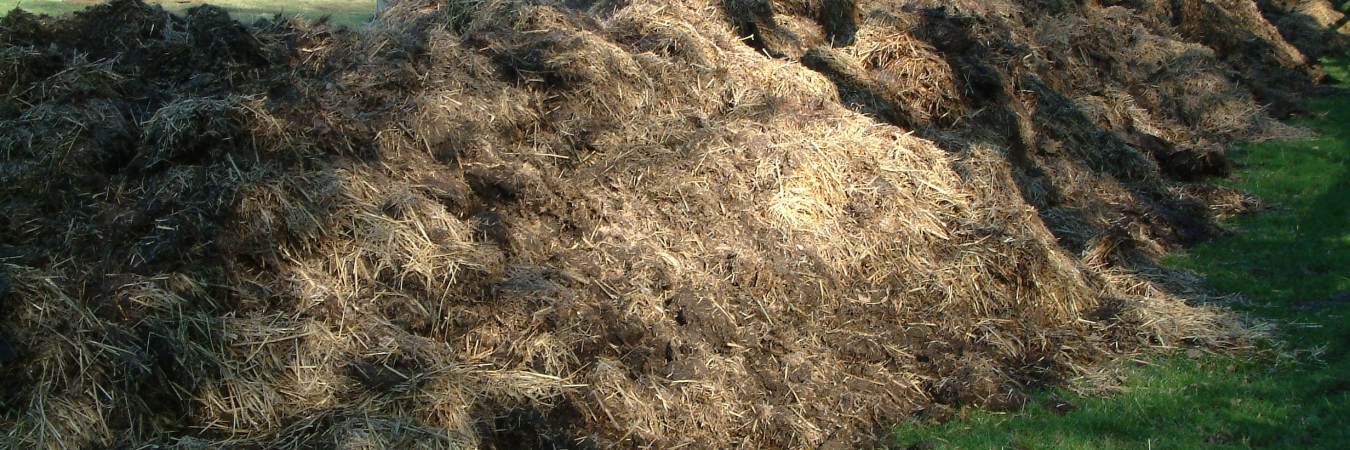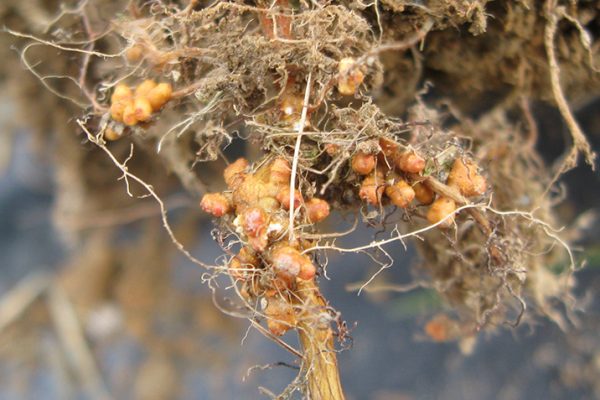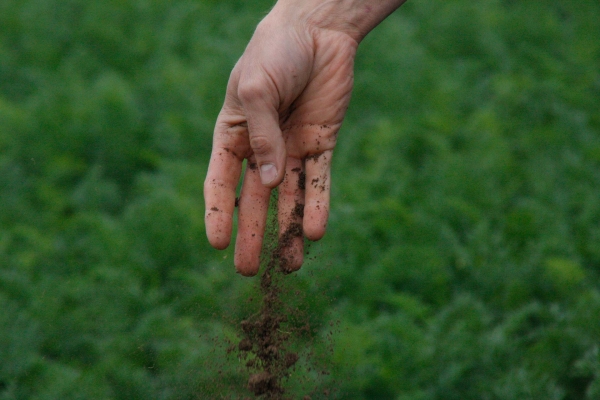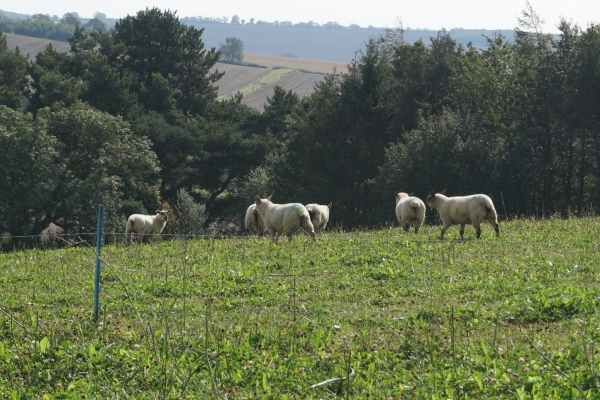Managing phosphorus dynamics in organic rotations
IOTA Results of Organic Research: Technical Leaflet 8
Resource explained
This Organic Training & Advice (IOTA) Technical Leaflet summarises practical recommendations, drawing on the results of the Defra funded Improving P Supply In Organic Farming Systems project led by the Scottish Agricultural College. To support the essential plant growth processes and functioning of soil organisms, you need to ensure adequate availability of soil phosphate (P). Appropriate management of P in organic rotations requires a good understanding of the complex plant-soil interactions that control P dynamics in soils and of the P supply from added crop residues, manures or brought-in fertilising materials. This leaflet gives some background to the forms and amounts of P found in soil, and explains the soil P cycle, interactions between plant roots and soil, and the natural manipulation of P availability. It provides practical advice on maintaining P levels in soil, making the most of P inputs and using rock phosphate.
Findings & recommendations
- There is often a lot of phosphate (P) present in soil, but very little is in forms that can be easily used by plants
- To manage P dynamics effectively in rotations, you need to make the best use of what P is in the soil, and maximise P recycling within your farm through using manures and minimising P losses.
- If soil P reserves are large the annual release of P may be sufficient to meet the demands of many crops.
- There is no single right answer to the best P levels in soil for organic farming. It is important to monitor the P availability over time in rotations through the combined use of soil analysis, plant analysis and nutrient budgeting.
- You can improve availability of P from soil reserves to crops by:
- Maximising crop root penetration through maintaining good soil structure and minimal compaction.
- Growing crops and green manures that have the potential to solubilise P in the rotation.
- Focusing on increasing soil biological activity and therefore the mineralisation of organic P.
- Designing rotations that will provide the right conditions to promote arbuscular mycorrhizal associations with crops; by minimising fallows and ensuring host crops are present.











